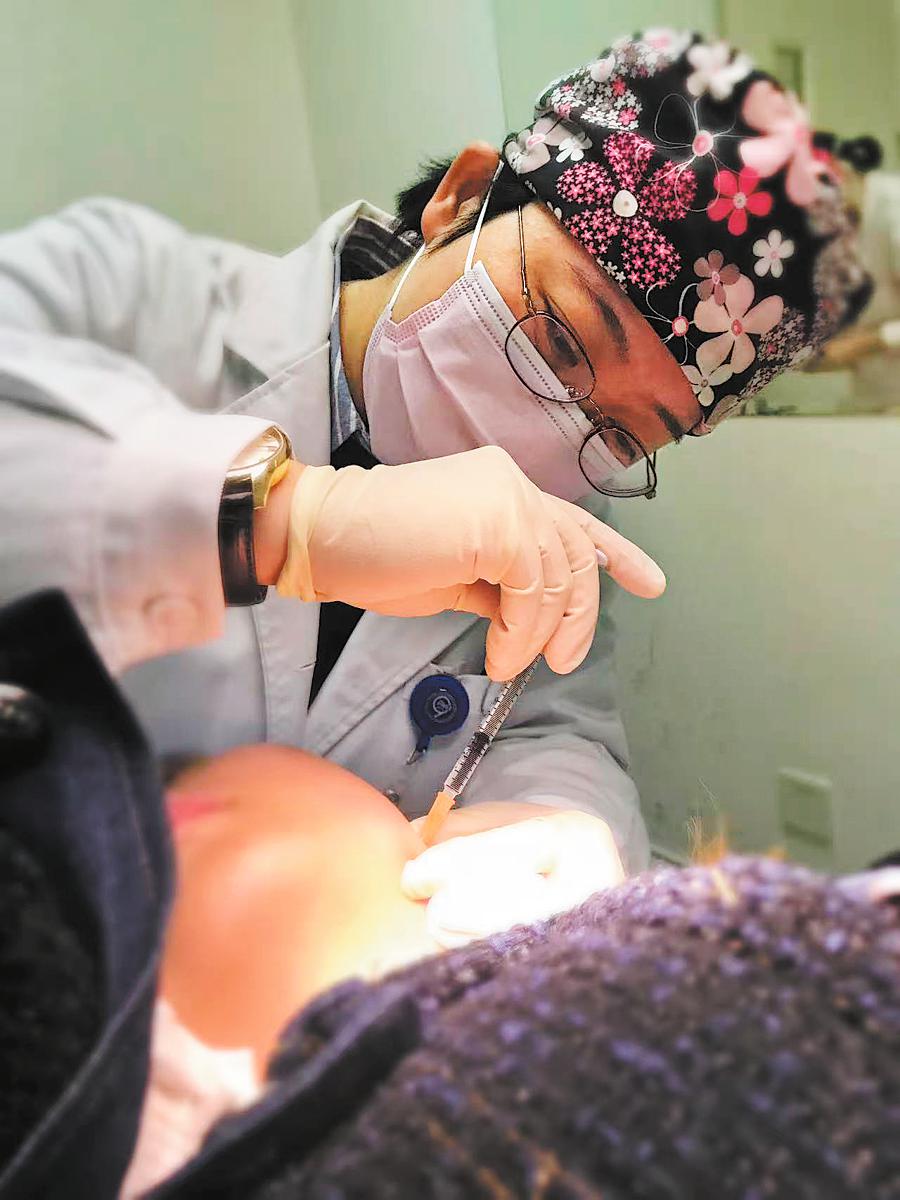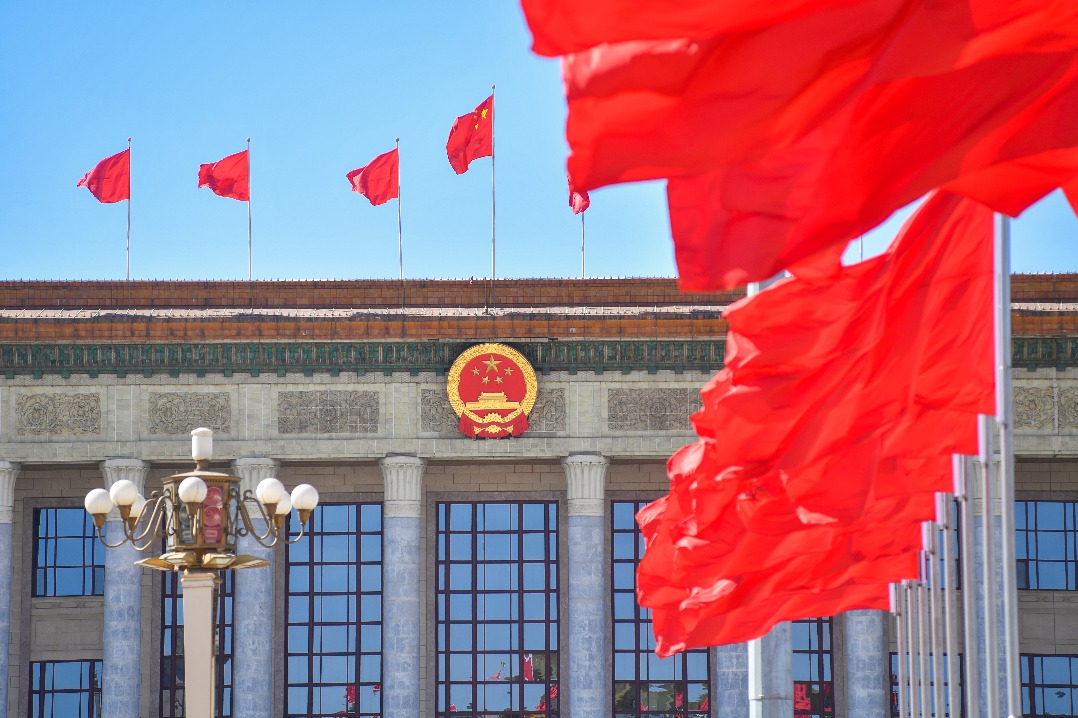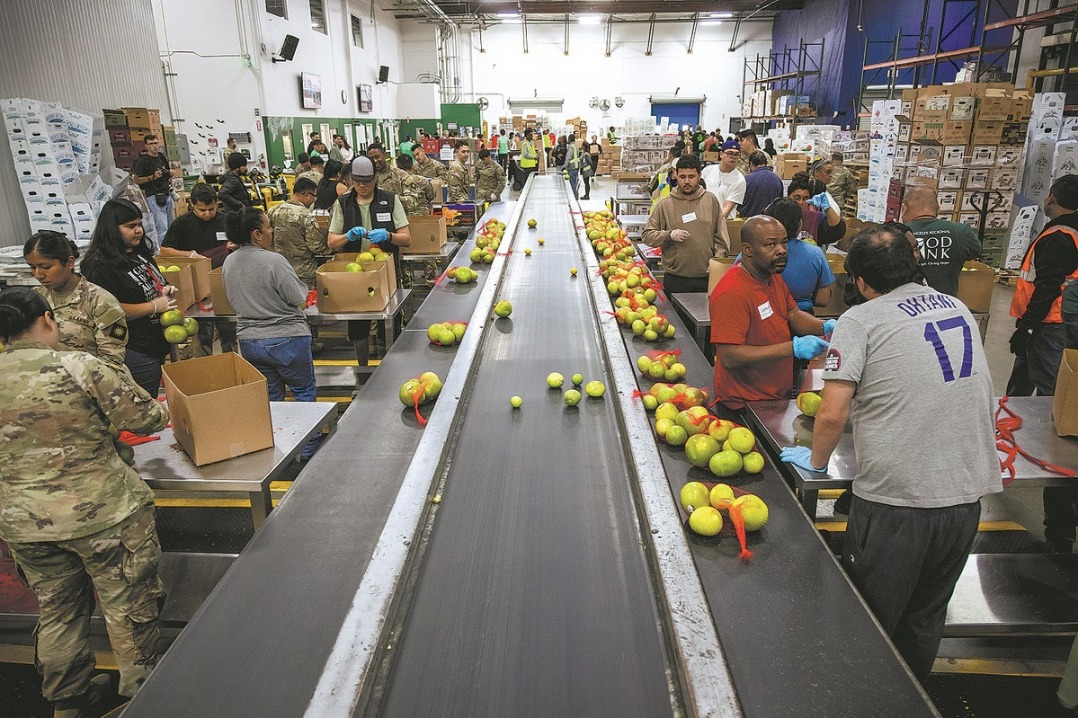Beauty industry looks beyond skin-deep changes
Younger generation turns to 'light medical aesthetics', less invasive treatments


A better 'me'
In 2022, nonsurgical procedures accounted for 55.7 percent of global aesthetic treatments, surpassing surgical procedures, International Society of Aesthetic Plastic Surgery data showed.
In China, nonsurgical treatments made up 52 percent of total aesthetic medical revenue, while surgical procedures accounted for 48 percent, the data showed, reflecting a growing consumer preference for gentle rejuvenation methods such as injectables and laser-based treatments, including Thermage and Ultherapy.
"Ten years ago, most patients came in for surgical face-lifts, and they were generally older," said Su Weijie, associate chief physician in the department of plastic and reconstructive surgery at Shanghai Ninth People's Hospital. "Now, more people in their 20s and 30s are opting for micro-invasive treatments to prevent signs of aging early on."
Over half of light medical aesthetics consumers report prioritizing personal needs when selecting treatments, according to data from the Qianzhan Industry Research Institute. The number of procedures selected per person also continues to rise. In the future, the average planned number of projects per consumer is projected to reach 2.4 in their lifetime, according to the institute data.
"In the past, visible change was often the goal — thinner, more lifted, more obvious. Today, the emphasis is on 'refined and natural'. People want to look like a better version of themselves — not different," Su said.
Popular treatments include injectable procedures and laser procedures for skin tightening and tone. While the total number of patients hasn't changed dramatically, the demand for early, subtle interventions has risen.
However, Su noted the growing trend of standardized, high-volume aesthetic services and the presence of treatment providers with varying levels of training.
"In public hospitals, doctors are required to adhere to rigorous protocols and ethical standards," she explained.
"Also, there are clear guidelines on how we communicate, the treatments we can offer, and the platforms we use. I believe that with more consistent standards across the industry, we can ensure better outcomes and clearer information for the public," she said.
From 2015 to 2020, China's medical aesthetics industry grew from 63.7 billion yuan to 154.9 billion yuan, with projections that it will exceed 350 billion yuan by 2025, according to the Annual Research and Consultation Report of Panorama survey and Investment strategy on China Industry published by industry research company ChinaIRN in 2023.
Consumers aged 20 to 55 now dominate demand, compared to the previous focus on those aged 35 to 45, the report found.
























